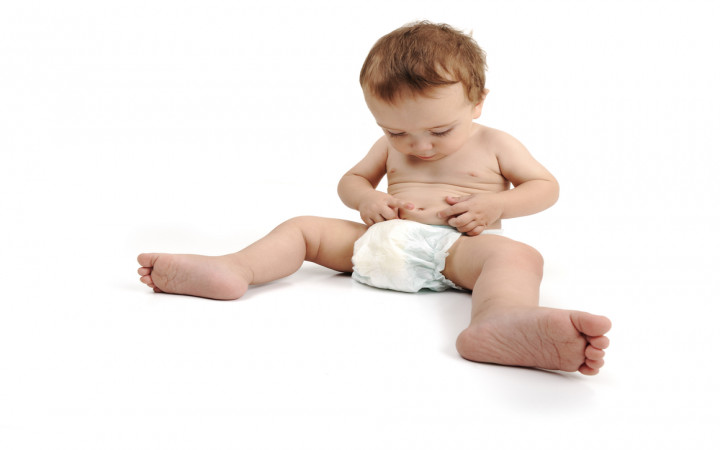Today’s Wonder of the Day was inspired by Emma from Caldwell, ID. Emma Wonders, “Why do we have a belly button?” Thanks for WONDERing with us, Emma!
Have you ever had one of those days when you just want to look your best? Maybe it's time for a big dance at school or perhaps you're going to the beach to try out a new swimsuit. You take a bath or a shower and scrub-a-dub-dub yourself until you're sparkly and shiny.
Yet, upon closer inspection, you notice a problem. Uh oh. There appears to be some sort of fuzzy substance stuck in your belly button. Oh no! It's a navel disaster! (Sorry…pun totally intended!)
What are we talking about? Belly button lint, of course! And don't pretend like you've never experienced this issue. From time to time, we all have to do a little extra cleaning around the midriff area.
If you're WONDERing about lint, that's what we call those bits of fiber and dust that accumulate on and around our clothes. The materials our clothing is made of, such as cotton and wool, consist of many tiny fibers woven together. Over time, some of these fibers break or come loose.
You may have noticed that cloth items you use often, like your favorite shirt or bathroom towels, become thinner over time. You may have also noticed that the lint collector in your dryer collects these fibers every time you do laundry.
Static electricity tends to cause these loose fibers to stick to each other…and to other objects they're close to. Other things that often get wrapped up with these fibers to form pieces of lint include human and animal hair and skin, dust, plant fibers and pollen.
Beyond your clothes, lint often makes its way to other areas, too. That's where the belly button comes in. It seems to be the perfect spot to collect lint. Why is that?
Austrian chemist Georg Steinhauser thinks he knows the answer. He spent three years researching over 500 pieces of lint from his and others' belly buttons. His research revealed a type of body hair that appears to trap pieces of lint and push them toward the belly button.
Two factors about the hair led him to his conclusion. First, the hairs he found have tiny scales that act a bit like hooks that latch onto shirt fibers and pieces of lint. Secondly, the hairs tend to grow in circular patterns around the belly button, leading to the collection of the captured lint in that area.
Steinhauser tested his ideas by shaving his belly. He learned that shaving the belly does indeed lead to a lint-free belly button — but only until the hairs grow back.
So if belly button lint really bothers you, you can always shave your belly! You can also just wash your belly button every time you take a bath or shower. If you have an “outie" belly button, you'll also probably accumulate less lint than if you have an “innie" belly button.




